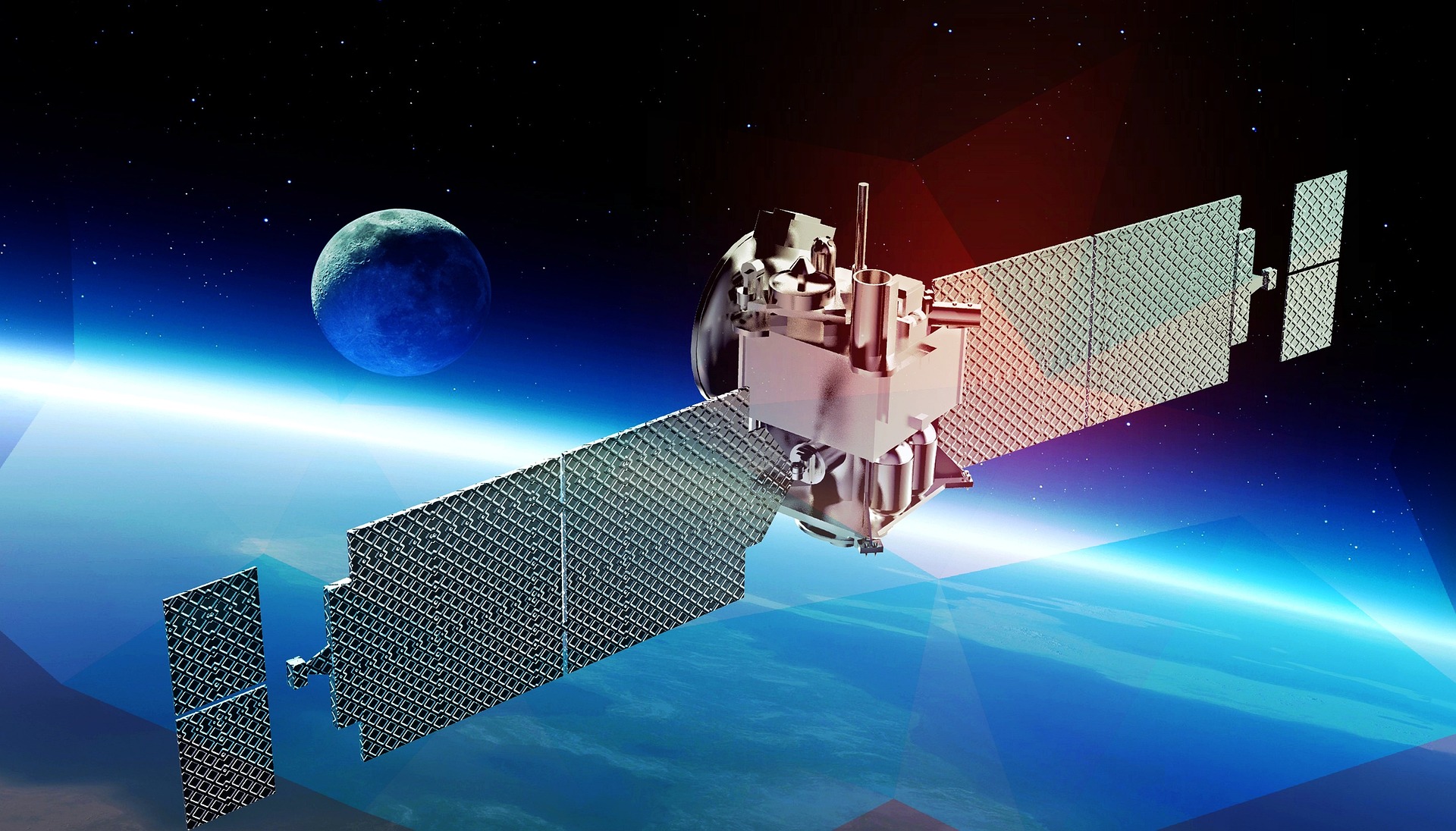Low Earth Orbit Satellites for Internet Connectivity
The world is witnessing a new wave of technological advancement in the form of Low Earth Orbit (LEO) satellites for internet connectivity. These satellites promise to revolutionize internet access, especially in remote and underserved areas. Read below to delve into this fascinating topic and understand its potential implications.
A New Horizon in Internet Connectivity
LEO satellites, as their name suggests, orbit the Earth at a relatively low altitude, typically between 500 and 1,200 miles. Their close proximity to the Earth allows them to provide faster internet speeds and lower latency compared to traditional geostationary satellites. This has the potential to significantly improve internet access, particularly in rural and remote areas where terrestrial infrastructure is lacking.
The Advantages of Low Earth Orbit Satellites
There are several benefits to using LEO satellites for internet connectivity. Firstly, they are capable of providing global coverage, making them ideal for reaching remote areas. Secondly, due to their close proximity to the Earth, they can offer high-speed, low-latency internet connections, comparable to fiber optic networks. Thirdly, they are less expensive to launch and operate than traditional satellites, making them a cost-effective solution for providing internet access.
The Challenges Facing Low Earth Orbit Satellites
Despite their potential advantages, LEO satellites also face several challenges. One of the main issues is the risk of space debris, as the increase in the number of satellites could potentially lead to collisions. Additionally, they have a shorter lifespan than geostationary satellites, requiring more frequent replacements. There are also concerns about light pollution affecting astronomical observations.
- Tip: LEO satellites aim to provide high-speed internet globally, including in remote areas..
- Fact: LEO satellites orbit the Earth at a much closer range than traditional satellites, enabling faster speed and lower latency.
- Fact: Light pollution from LEO satellites can interfere with astronomical observations.
- Tip: LEO satellites have a shorter lifespan than traditional satellites, meaning they need to be replaced more frequently.
The Current Landscape of LEO Satellite Internet
Several companies are currently venturing into the LEO satellite internet market. SpaceX, for instance, has already launched thousands of satellites as part of its Starlink project. Other notable players include Amazon’s Project Kuiper, OneWeb, and Telesat. These companies aim to bridge the digital divide by providing affordable, high-speed internet access worldwide.
Future Prospects of LEO Satellite Internet
The future of LEO satellite internet looks promising. With advancements in technology and decreasing launch costs, the deployment of these satellites is expected to increase. However, the success of this technology will depend on its ability to overcome the challenges mentioned above and provide reliable, affordable internet access.
In conclusion, LEO satellites present a groundbreaking solution to internet connectivity challenges, especially in remote and underserved areas. While there are obstacles to overcome, the potential benefits of this technology make it an exciting area to watch in the coming years. As the field progresses, we can expect to see a significant impact on global internet access and the digital divide.





